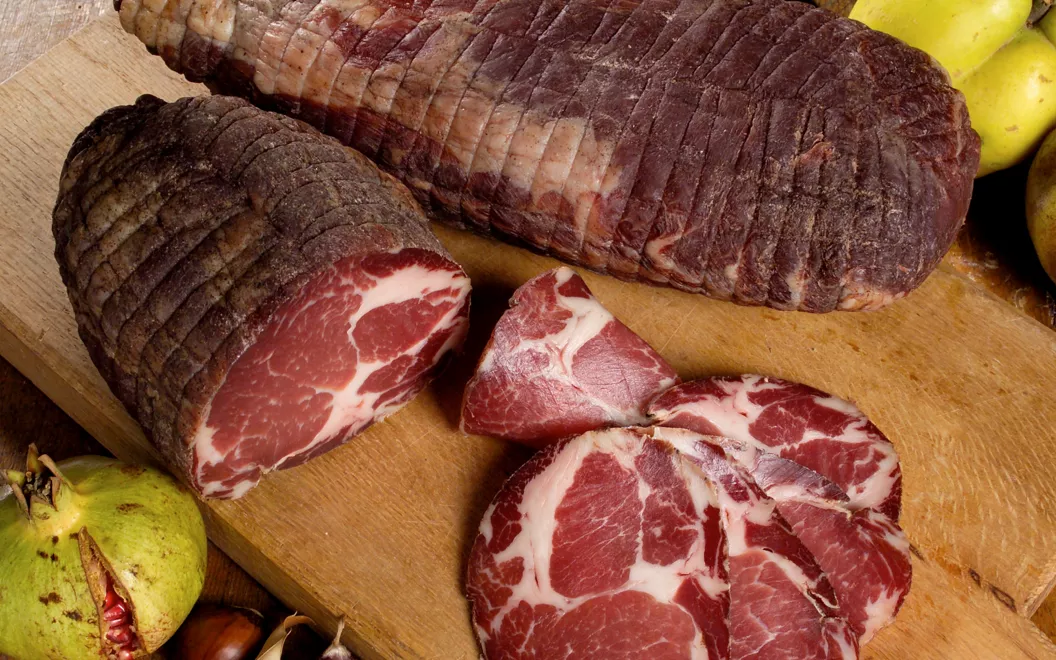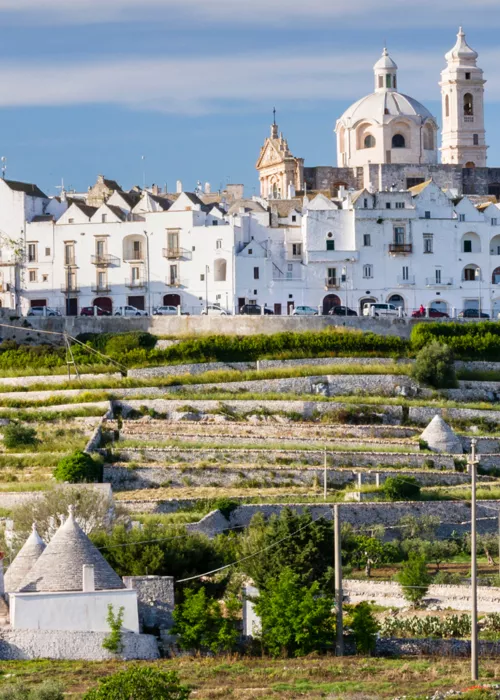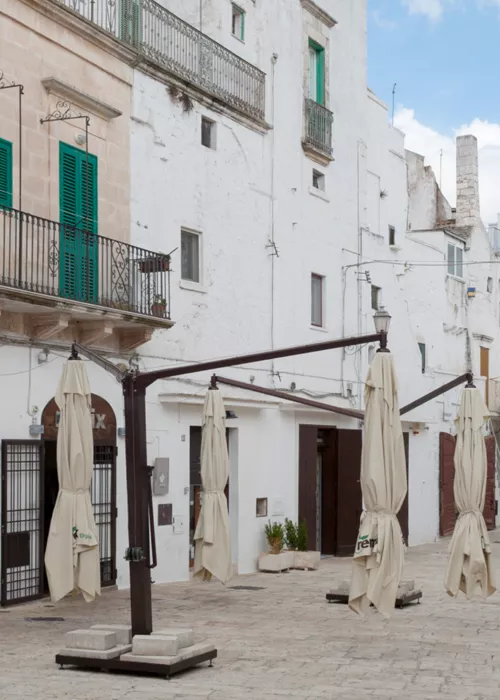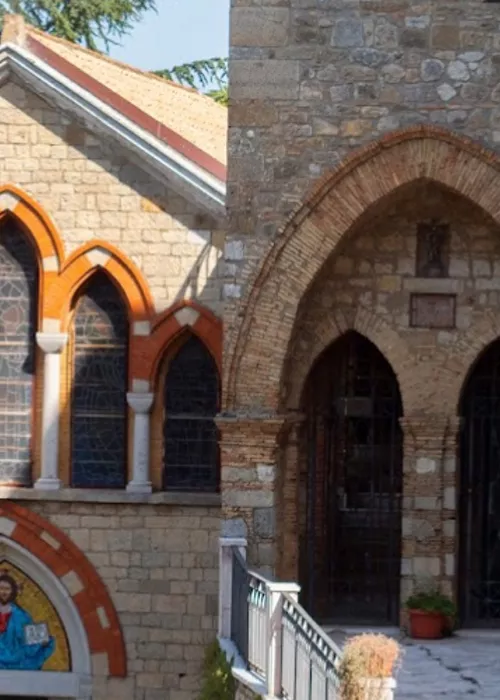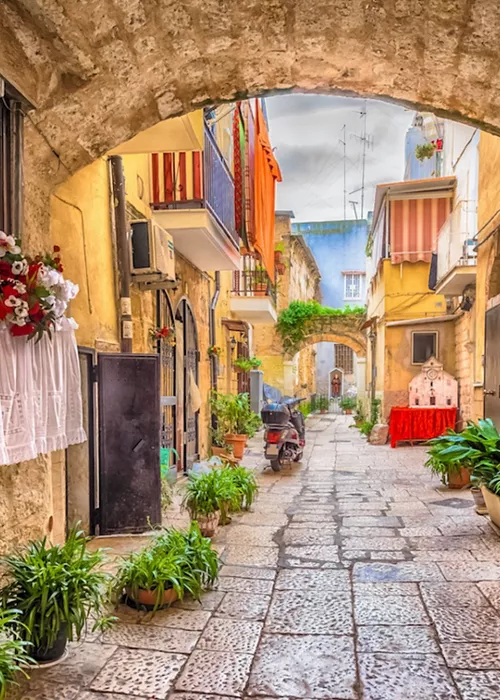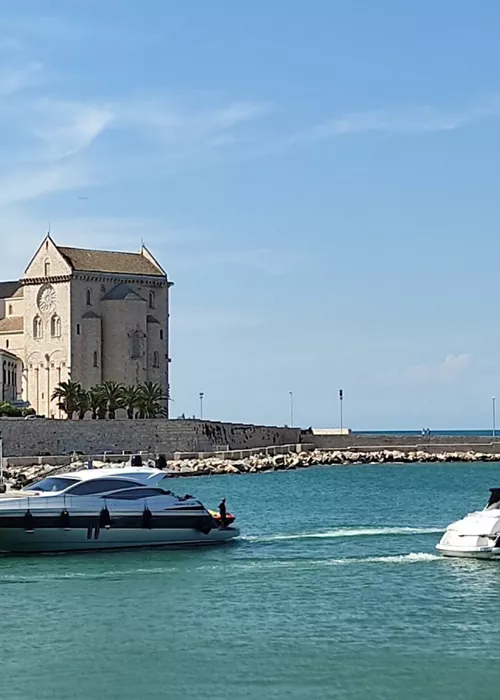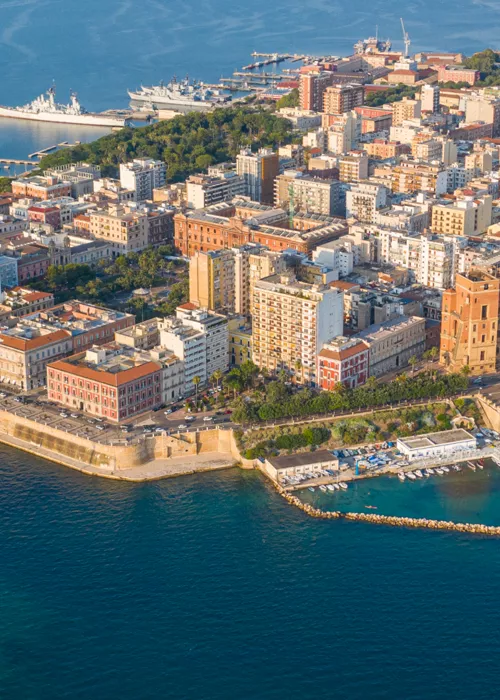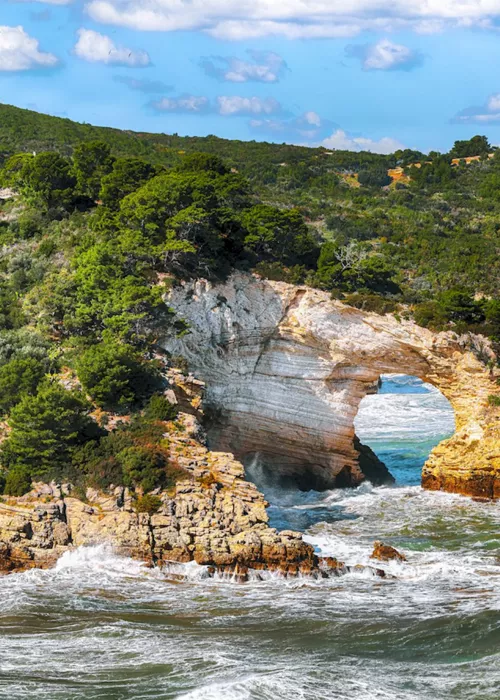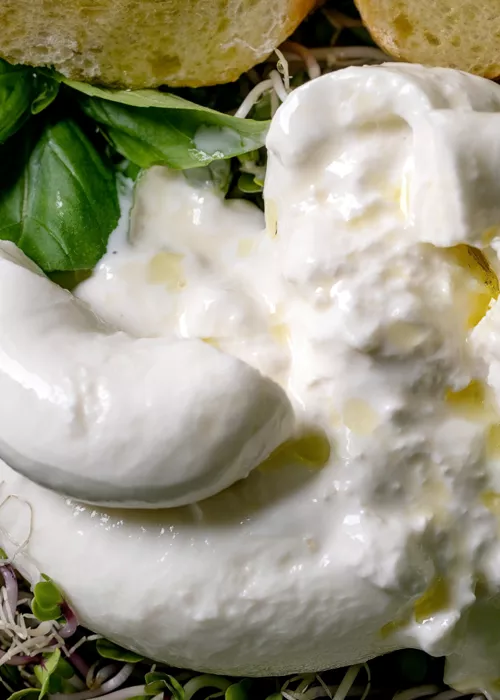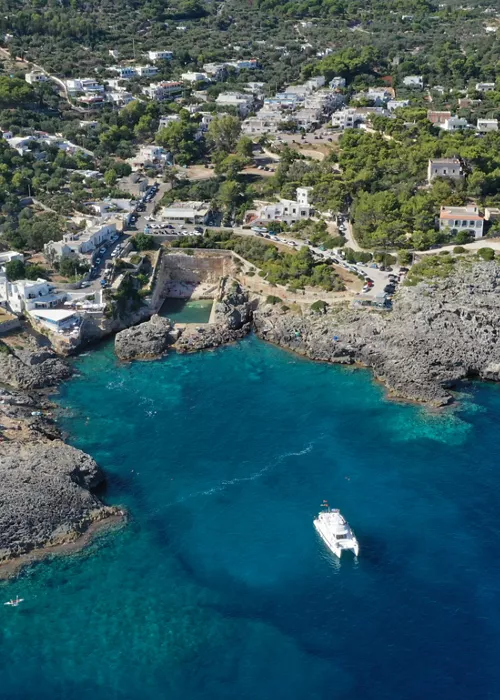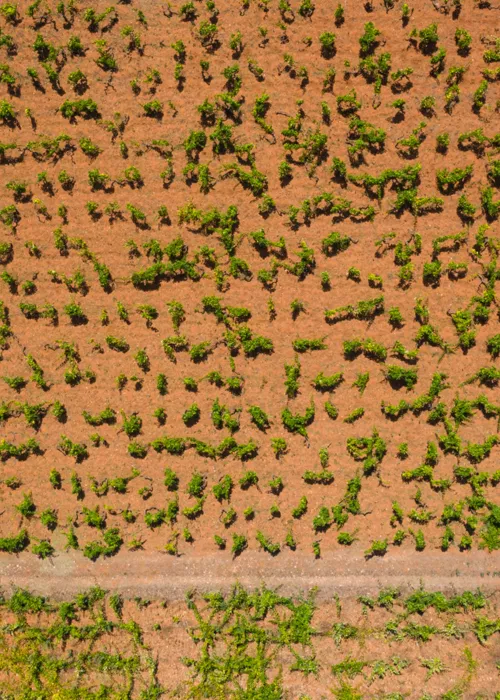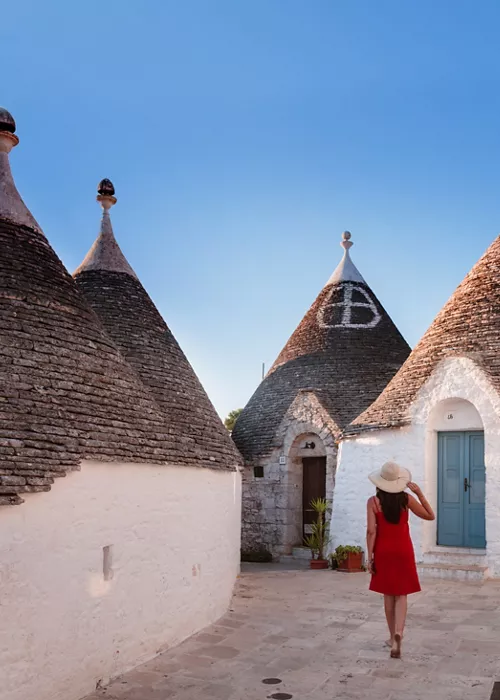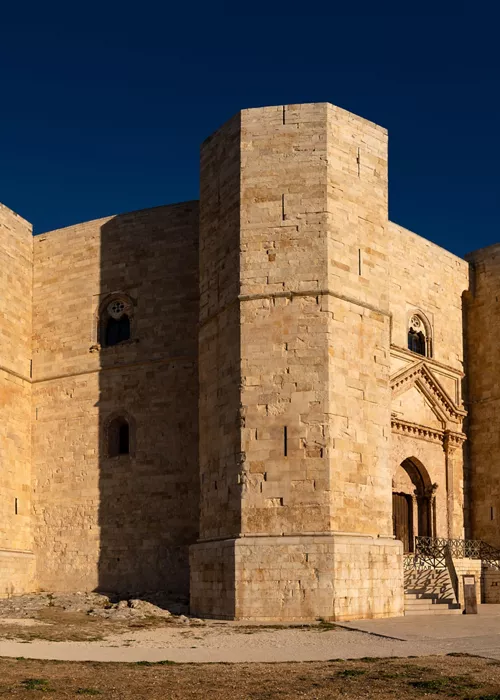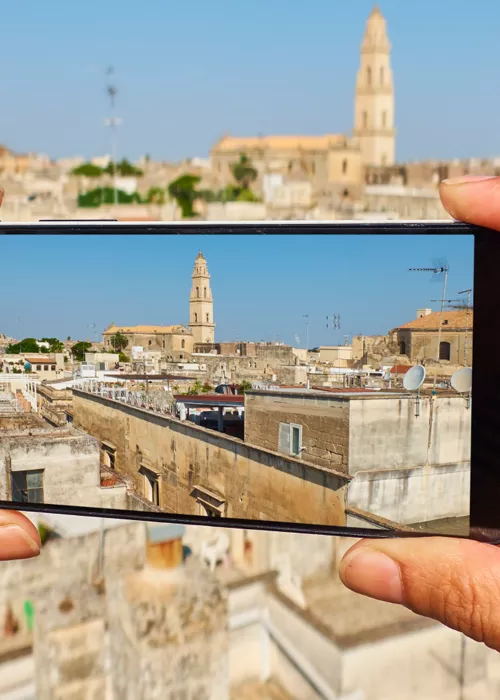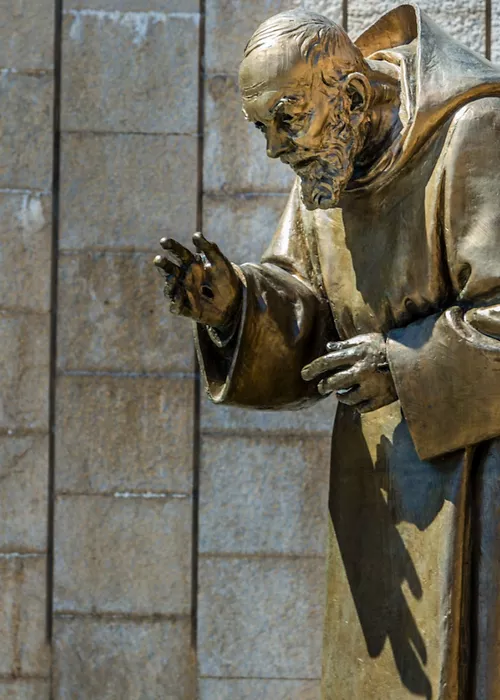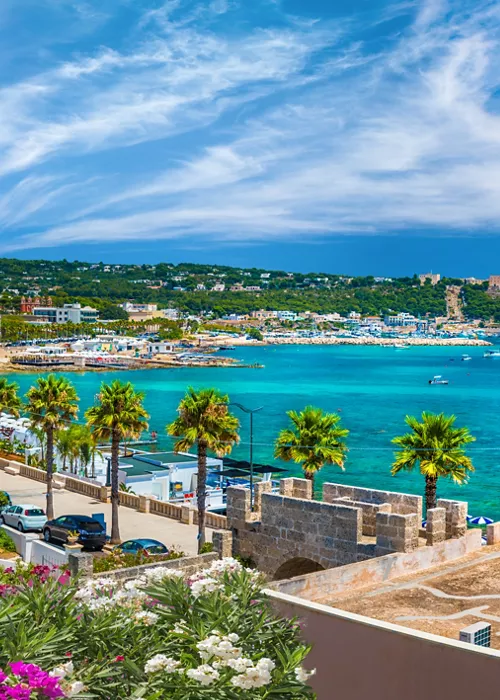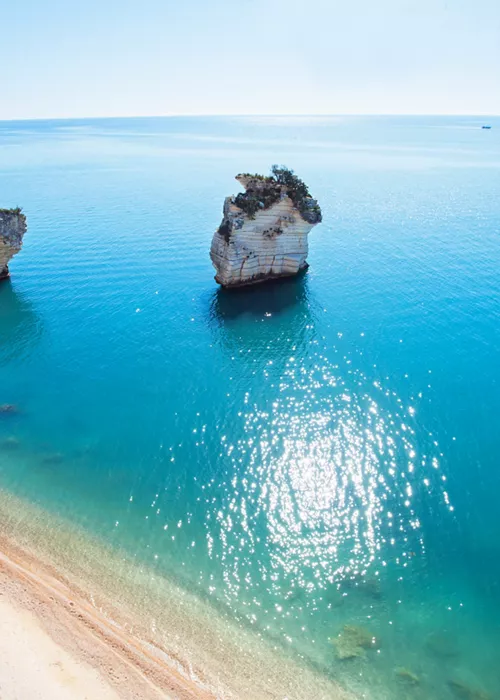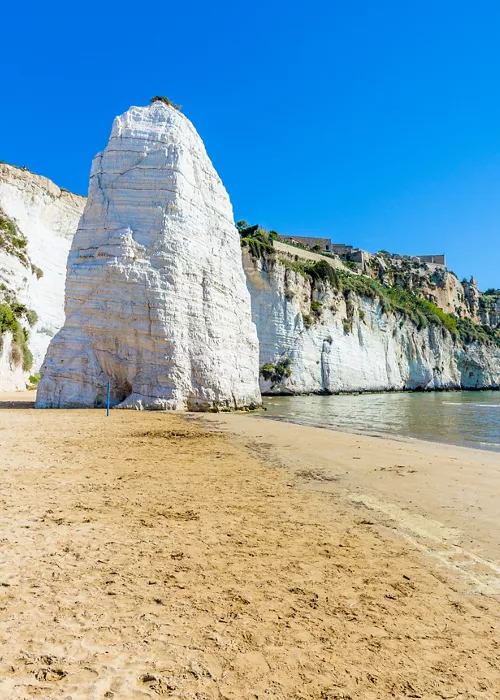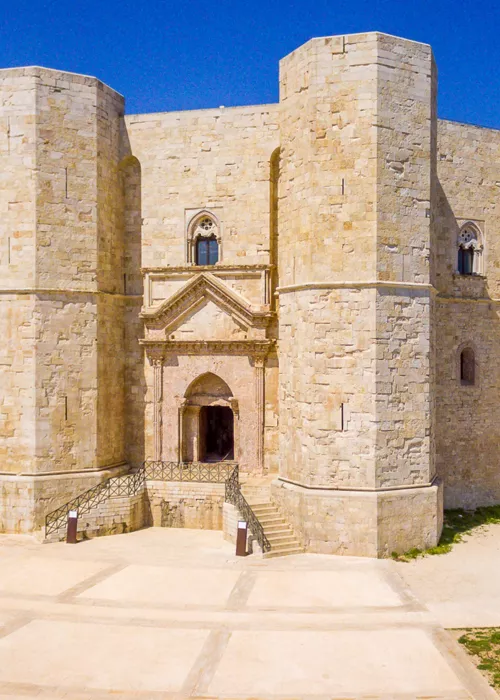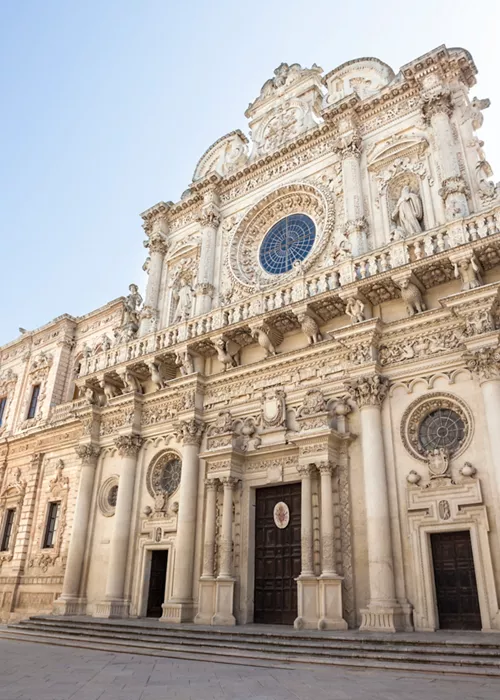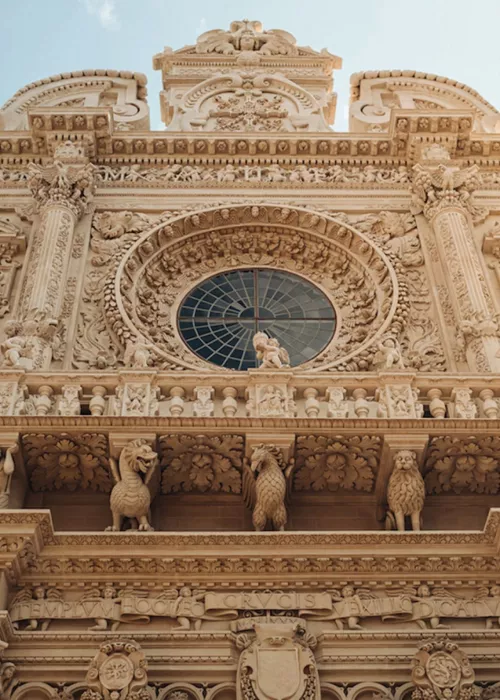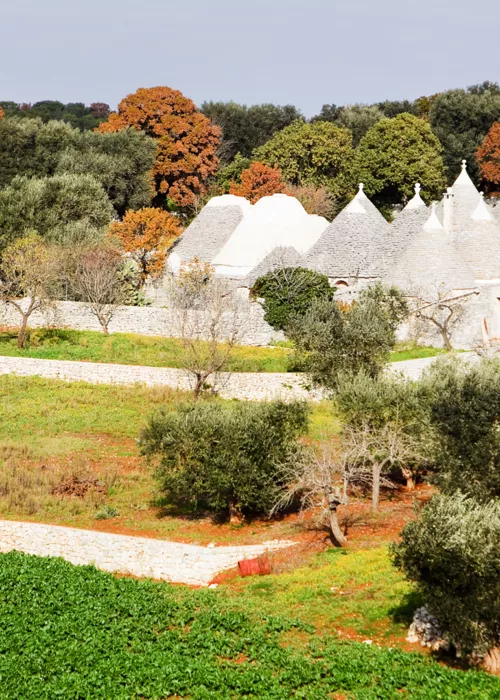The Apulia region by way of Gino Sorbillo’s pizza
2 minutes
The history of Capocollo di Martina Franca and other culinary wonders of Apulia
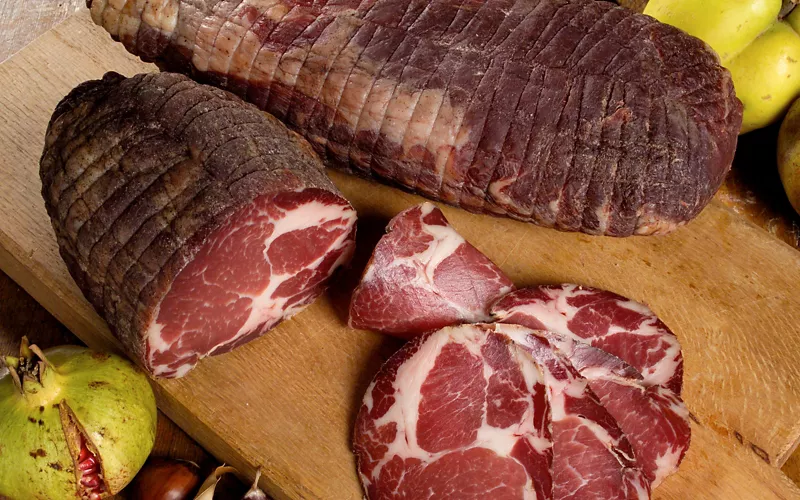
Among the white trulli, hills and woods of the Itria Valley, Capocollo di Martina Franca is made, the most typical cured meat of Apulia, famous since the 18th century throughout the Kingdom of Naples. Already in those days, in fact, in this area, which is climatically unique in the entire region, the famous sausage was produced. In ancient times, all pigs bred in Salento and Taranto were brought to Martina Franca to be slaughtered.
The area's breezy, dry and cool climate makes it perfect for the processing of cured meats, and an expert workforce has developed here over time. Today, Capocollo di Martina Franca is a Slow Food Presidium and the producers are grouped together in a consortium that preserves the tradition of pork butchery and the uniqueness of the cured meat.
Capocollo, chépecùedde in dialect, owes its name to the cut used to produce it. The term capocollo (or capicollo) in southern Italy indicates the part of the pig positioned between the neck and the spinal column, known in other parts of Italy as coppa, or lonza.
This product of excellence is also produced in the municipalities around Martina Franca, Locorotondo and Cisternino, in the so-called Murgia dei Trulli.
Here, there are splendid oak forests, central to the production of the cured meat: not only are the pigs bred in the area fed with their acorns, but the bark of these trees is used in the smoking process that makes the flavour of capocollo di Martina Franca globally unique.
Each piece weighs between two and a half and four kilos and is produced using a strictly artisanal process, the result of the mastery of Martina butchers. The pieces of pork, cut and shaped, are left to macerate in salt for a period ranging from 15 to 20 days, and are then washed with a cooked wine preparation, i.e. a mixture of cooked must, Murgia herbs and wine. Next, the capicolli are stuffed into a natural pork casing and left to dry. Then comes the final stage of smoking, which is done by burning oak bark and almond hulls, which are essential for giving the capocollo its distinctive aroma. Finally, the cured meat must be matured for at least six months before being ready to be eaten, perhaps together with bombette, capocollo and salami meatballs that are another speciality of Martina Franca.
Beyond Capocollo di Martina Franca
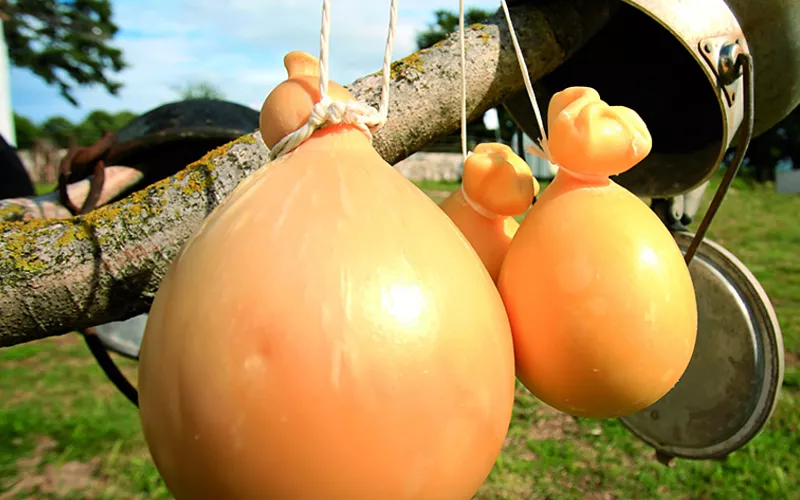
Puglia is a gastronomic journey capable of bewitching and surprising every palate: here, traditional dishes are a blueprint for the Mediterranean diet and have their roots in the cucina povera, based on seasonal and local ingredients.
You can taste more than a hundred different types of bread, such as that baked in the straw oven of Orsara di Puglia, without forgetting fresh pasta, including the legendary orecchiette, which in Bari Vecchia are handmade by women in the picturesque streets of the historic centre. And then there are the cheeses, such as caciocavallo and burrata di Andria, the mussels in Taranto, where they have been cultivated since time immemorial: not to mention the unforgettable fish dinners on the trabucchi, the traditional fishing platforms that are dotted along the Gargano coast.

